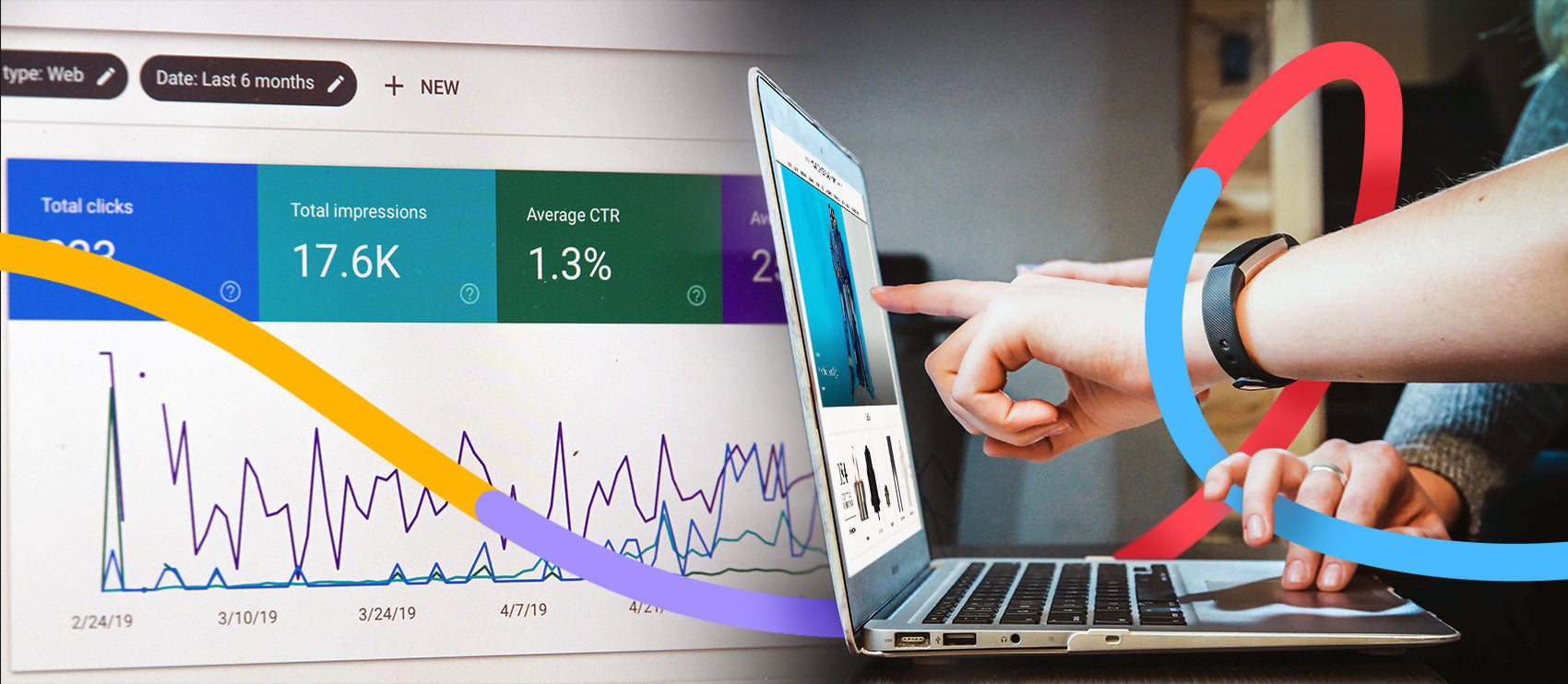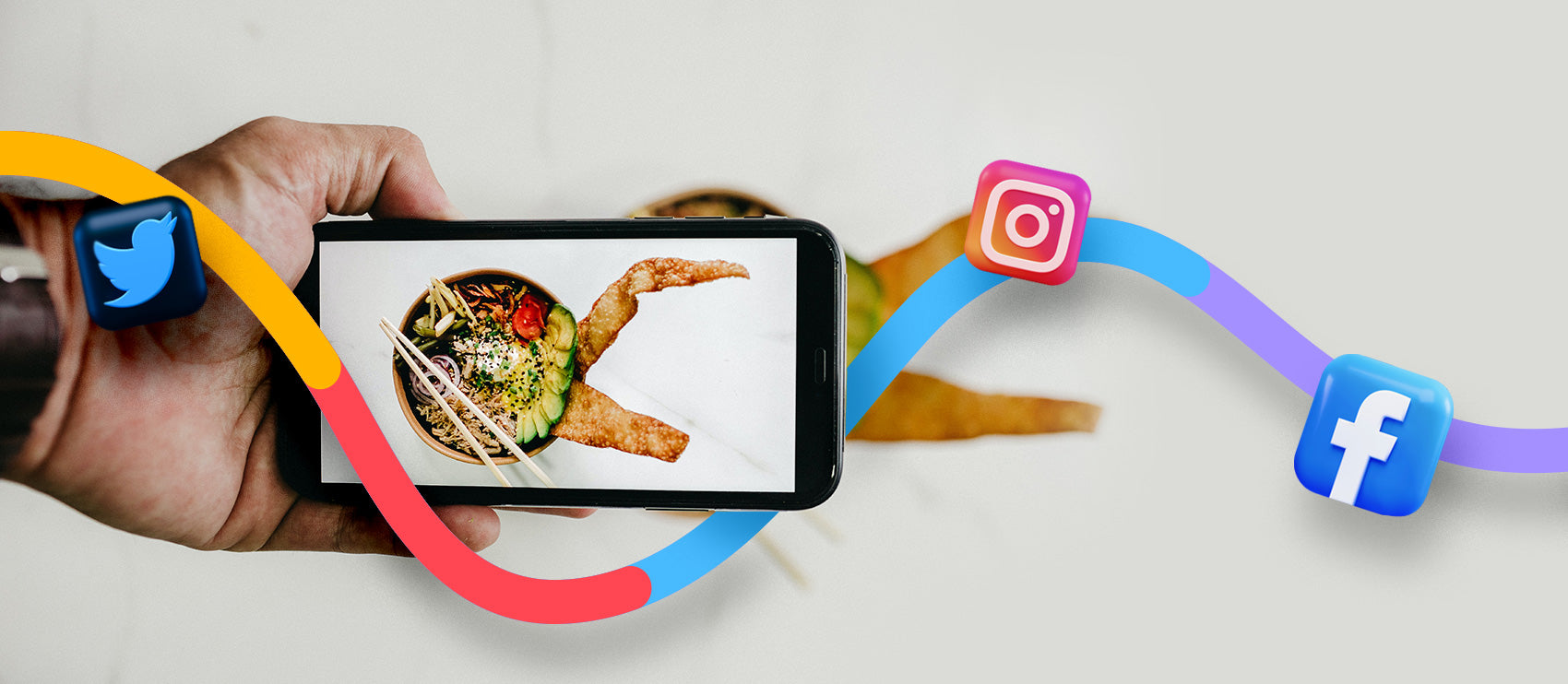If you’re a professional photographer, you probably have a lot on your plate. And when you make the leap to go self-employed, you’re not only a photographer — you’re a business owner, too.
When you first go out on your own, handling everything yourself might be feasible. But there might come a point where you’re saying no to new clients, sacrificing the quality of your work, or spending time on tasks that maintain instead of grow your business.
Outsourcing is a $76.9 billion USD industry in the U.S. alone, and for good reason. It frees up your valuable time so you can focus on propelling your business further.
Here’s how to outsource work to grow your photography business and, more importantly, maximize the benefits:
Benefits of Outsourcing
Outsourcing is a proven way to free up your valuable time so you can focus on growing your photography business. For each photographer, that means something different. You might want to grow your customer base, spend time fine-tuning your skills so you can charge a higher rate, or learn how to do new types of photography and serve more types of clients.
For Jimmy Chan, photographer at Pixelicious, outsourcing has enabled him to focus on what he does best: client management and photography. “I put [a lot of] effort [into] client communication and shooting [photos] to deliver the best possible experience,” he says. “The biggest benefit would be saving time by not constantly performing or worrying about [other] tasks.”
For the photographer on a new solopreneurial journey, outsourcing can make up for the team you’re used to having. That was the case for professional photographer Timorah Beales, whose first career was a civil engineer and U.S. Air Force officer. “Everything I did was part of a team, and I saw how a variety of talents and skillsets lead to success,” she says.
But she also sees opportunities for teamwork — through outsourcing — among her professional photographer peers. “I saw a lot of [them] excelled at certain things, like photography, but were terrible at others, like business finance or marketing,” she says.
For Beales, outsourcing has benefitted her photography business immensely. “I’m much better able to serve our clients, because multiple people are making sure everything happens,” she says. “We learn from each other, share responsibilities based on our strengths, bounce ideas off each other, and help and back each other up.”
Regardless of how you plan to grow your business, outsourcing allows you to dedicate the time and attention you need to be successful. And even though it’ll cost you, your time could be worth more than the outsourcing expenses.
And, the benefits don’t stop there:
- More bandwidth to take on new clients
- Ability to edit the photos even further, resulting in a better end product
- Handle a high volume of work
- Short turnaround time
- Time to pursue other creative endeavors
What to Outsource
For a freelance photographer, there are a few go-to tasks that you can consider for outsourcing:
Post-processing and image editing
Beales has two go-to resources for outsourcing her image editing. “There’s an online place where you can submit retouch requests,” she says. “And one of my employees is really good at and loves doing it.”
And if you’re scared to let go of creative control, you can consider outsourcing the image editing for straightforward jobs, such as large batches of product photography that needs white background.

An example from a bulk order for white background we did for one of our clients
But above all else, make sure it’s worth it. “For photographers, I would say that everyone has to know the dollar value of their time,” Beales says. “Let’s say that number is $50 USD/hour. If you can find someone who will edit for you and do as good or better, for half the cost of your dollar value, then it’s time to outsource.”
If you have a client who needs product images sized for various online marketplaces, outsourcing the resizing is a no-brainer.
Accounting
Accounting isn’t your average photographer’s strong suit. There are many ways to automate your invoicing and accounting tasks, but there are some things you can’t — such as taxes.
Regardless of how hands-on you want your outsourced accounting help to be, there are tons of benefits for photographers. You can find the best legal tax breaks, manage your expenses smarter, and avoid potential penalties for not correctly handling finances or payments.
Marketing
You can often benefit from either an expert or an intern-level assistant to handle your marketing tasks. But keep in mind, you often get what you pay for.
If you want big results, a seasoned — and potentially expensive — expert is the best option. But if you want help with maintaining your existing social media presence, a more affordable option, like an intern, could work for those smaller tasks.
Marketing tasks that you can outsource typically include:
- SEO/SEM
- Content creation and blogging
- Graphic and web design
- Social media marketing
- PR
- Email marketing
- Copywriting
Interested in SEO? Find out how to make your product photos SEO-friendly >
Virtual assistant
If you need help with a ton of miscellaneous tasks and don’t need anyone on the ground, you could be a candidate for a virtual assistant (VA).
Melissa Smith, VA staffer and bestselling author of “Hire the Right Virtual Assistant,” says photographers can benefit from VA services in many ways, including:
- Invoicing
- Appointment management
- Website and portfolio updates
- Image editing
- Follow-up and relationship-building with clients
- Virtual personal assistance (travel bookings, meetings, conferences, etc.)
- Social media management
When to Outsource
Outsourcing only works when done correctly. It’s not always the right time to outsource. Beales says those who are just starting their photography business should wait until a more steady and substantial income starts rolling in.
For the already-busy professional photographer, you’ll get to a spot where you’ll be spreading yourself too thin if you don’t outsource. “You have to choose between becoming a CEO or the employee who tries to do everything,” Chan says.
“Your business will grow to a point where it is impossible to do everything yourself,” he says. “What if the phone keeps ringing? Wouldn’t you want to spend more time converting new clients and shoot more, as opposed to looking at the screen all day editing images?”
There are several signs that indicate it could be time to outsource:
- You feel overwhelmed
- You can’t meet existing client demands or handle your current workload
- You feel like you spend more time on administrative duties than on your business or your photography
- You don’t feel as creative as you used to
- You’re turning down new clients because you can’t fulfill the request
Who to Hire
Who you’re outsourcing to is just as important as what you’re outsourcing. Not only is it essential to find someone capable of the job, but also someone you can trust.
Vet potential candidates thoroughly, and seek expertise. “Should [your] client require a cinematographer, outsource to a friend who can do the job,” Chan says. “Need a second photographer? Outsource to a local contractor. Want prints? Outsource printing to the labs. Tired of editing images? Outsource to a professional retoucher.”
You can learn a lot through reading client reviews and testimonials. Also ask to see previous work, if possible, so you can understand what to expect. And, don’t be afraid to ask to contact references and previous clients. At the end of the day, if you’re not comfortable with the who, you’re not going to be able to take full advantage of the benefits of outsourcing.
Referrals are always a great place to start in your search, too. Leveraging your existing networks could land you some trusted options.
There are three main routes you can go when it comes to outsourcing your photography business — intern, individual professional, or company — each with its own set of risks and rewards:
Intern
Pros: More affordable, typically eager to learn, enthusiastic, short-term (means less commitment on your end)
Cons: Potential for unreliability, less experienced, may need more hands-on guidance than you can provide
Individual professional
When it comes to hiring an individual professional, this can take the form of a contractor, consultant or other working relationship with a single person.
Pros: Experienced, professional, can be affordable
Cons: Possibility of unreliability, top-notch experts tend to be more expensive, limited resources, longer turnaround time when outsourcing a large volume of image editing
Company
Pros: Large support system, dependable, professional, experienced, tend to be more trustworthy, quick turnaround time
Cons: Tend to cost more, may not be as nimble or as flexible as you need, run the risk of not outsourcing to a socially responsible company
Read about our commitment to the UN Global Compact >
Tips for Outsourcing
There are some steps you can take to ensure your outsourcing endeavors are successful and add to your photography business instead of detract from it.
As stressed before, always vet thoroughly to make sure the candidate is capable of the job and/or a socially responsible company. Some enthusiasm is always a good sign, too. “[They] should be excited to work with you,” Smith says.
“Have the right communication strategy,” Smith continues. Be consistent and direct with your communication — and make sure you take the time to listen to their expectations. It’s important to always be on the same page if you want the relationship to work.
Set expectations clearly. For example, if you’re outsourcing photo editing, first understand your editing style — or your client’s visual aesthetic — and then communicate it clearly. Visual guidelines or examples help.
In the case of outsourced photo editing, it also helps to make sure your creative visions align. “Don’t hire someone who doesn’t believe in what you’re doing,” Smith says.
Conclusion
Outsourcing isn’t for everyone, but when the time comes, it can be a huge asset to taking your photography business to the next level.
Beales shares some closing advice, an actionable strategy that any professional photographer can try out right now:







